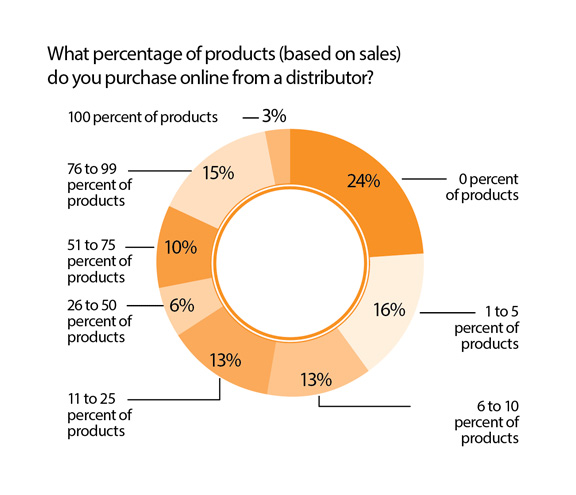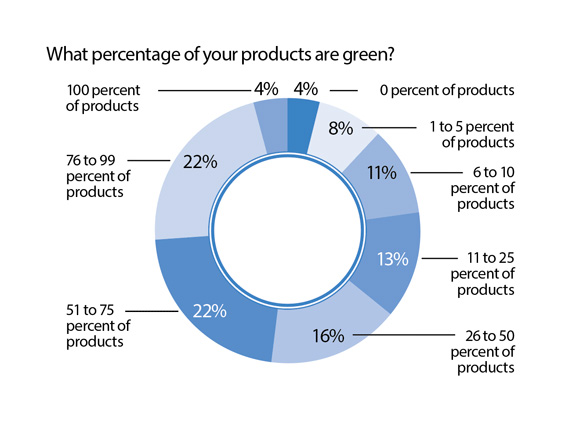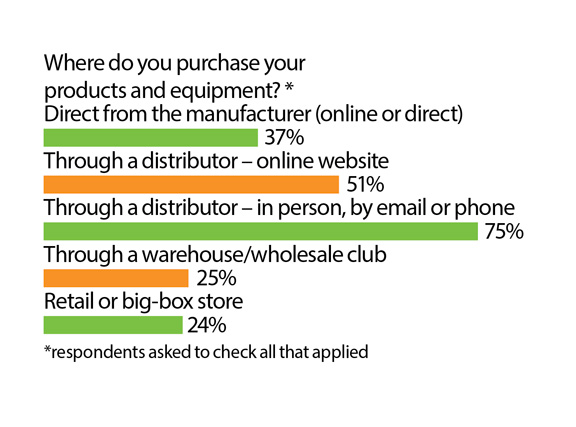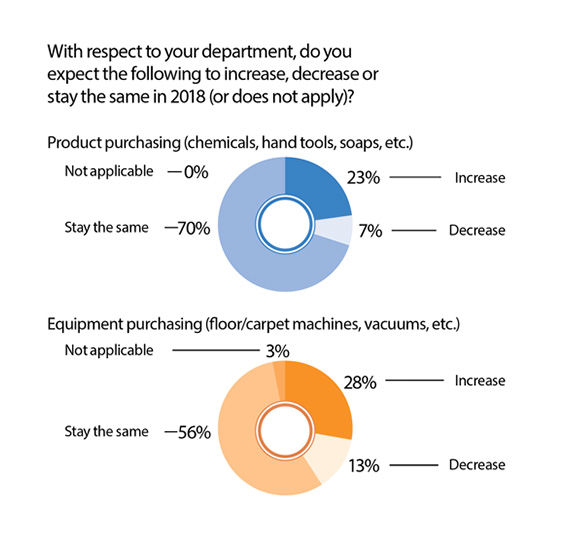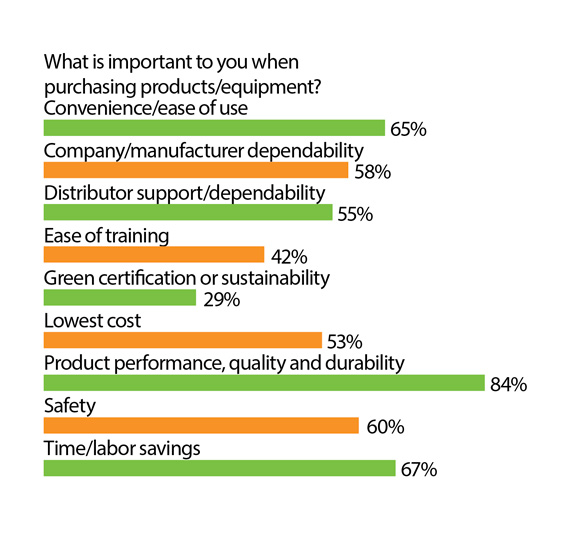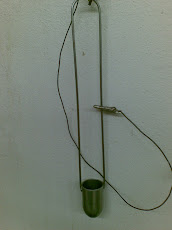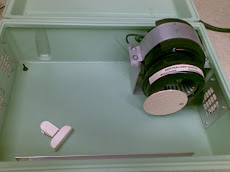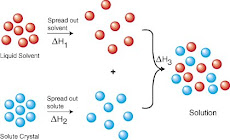An Examination Of The End Users' Purchasing Habits
BY
Dan Weltin, Editor-In-Chief
Sanitary
Maintenance, Contracting Profits, and Facility Cleaning Decisions magazines
POSTED
ON: 8/20/2018
When it comes to product purchasing, end users have a
plethora of options. New innovations flood the marketplace each year,
potentially making traditional methods of cleaning obsolete. In addition,
big-box stores, e-tailers and even manufacturers all compete with distributors
for building service contractor and in-house cleaning manager business.
To help shed light on the 2018 purchasing landscape,
Sanitary Maintenance tapped into research conducted by its sister publications:
Facility Cleaning Decisions’ “Annual Reader Survey,” as well as the “2018
Report On The Building Service Contractor Market” from Contracting Profits and BSCAI.
From this data, jan/san
distributors still remain the biggest source of products for both building
service contractors and in-house cleaning managers — and by a wide
margin.
Despite the threat of e-tailers like Amazon Business, end users
don’t want to purchase their products online. BSCs only buy 5 percent of their products from an e-tailer, and
a quarter of BSCs don’t buy any of their products online, even from their
distributors. In-house cleaning managers are more likely to use e-commerce than
their BSC peers, but this ordering method is still less common than an
in-person, phone or email order.
The number of in-house departments increasing their
spending on products and equipment rose over 2017. When it comes to choosing
which products to buy and where to purchase them from, low prices still remain
less of a priority for in-house managers. Product performance, durability and
quality is once again the most important reason. Time and labor savings, ease of use, manufacturer dependability,
and distributor support are also more important than a cheap price.
Not surprisingly, frequently used products such as can
liners, brooms, mops and chemicals remain some of the most purchased
products.
However, nearly 20 percent
of BSCs are purchasing engineered water products, which is up from 13 percent in 2017. Despite the fact that more
contractors are embracing this technology, the amount of cleaners purchased
remains relatively unchanged.
Battery equipment is also becoming more common, evidenced
by the fact that half of building service contractors and in-house cleaning
departments are purchasing equipment batteries. And with more battery-powered
backpack vacuums entering the market, corded equipment could eventually be
phased out all together.
